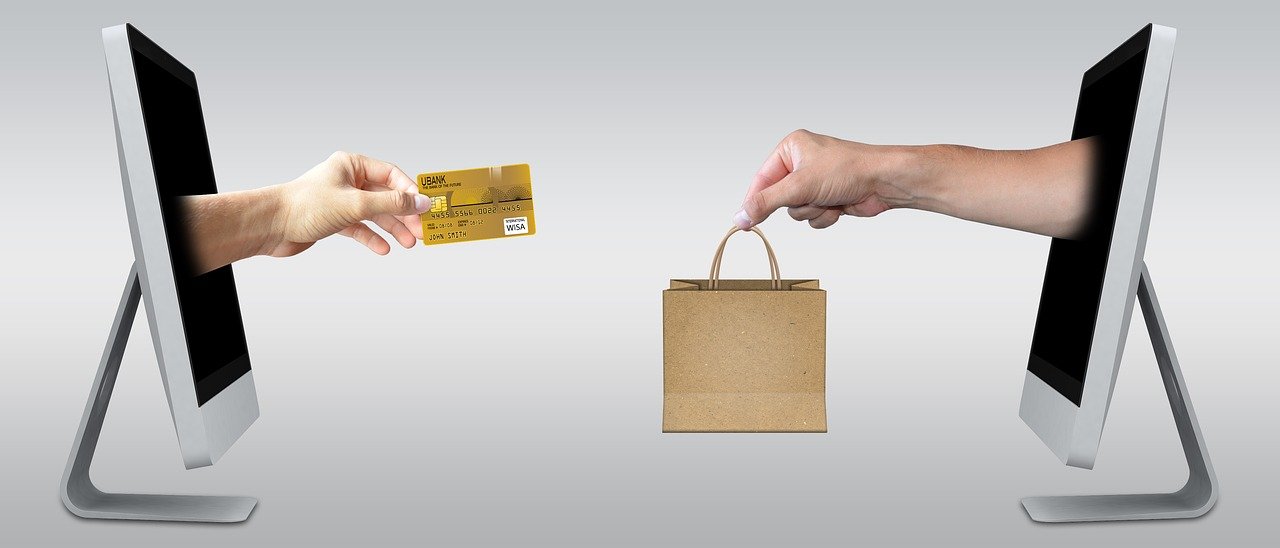Due to Covid-19 lockdowns and limited access to essential products and home goods. But what is it, and how is it different than eCommerce?
The term ‘e-commerce’ refers to the purchase or selling of a product or service through the internet.
Along with the internet’s accessibility came the wonder of online shopping.
Customers might order a product online, whether an electronic device or clothing and receive it in a couple of days, around 3 to 5 days, regarded as a reasonable amount of time.
Q-commerce is a new, speedier version of e-commerce. It blends the benefits of traditional e-commerce with last-mile delivery advancements.
The main difference between quick commerce and eCommerce is in the time of delivery, as we have mentioned above. The speed with which a company can provide is more crucial than everything else.
While eCommerce promises delivery earliest within a couple of hours, quick commerce guarantees fast order fulfillment with delivery within minutes.
Another difference is the method the two employ to deliver goods to customers. Due to the speed of delivery required, quick commerce businesses operate two-wheeled vehicles for delivery.
On the other hand, traditional e-commerce usually employs delivery trucks as their mode of transportation for goods.
Dark stores are commonly utilized in Q-commerce. These are fulfillment facilities strategically positioned in heavily populated locations so that drivers can pick up and deliver items fast.
From a psychological standpoint, you may add another difference: quick commerce purchase behavior is more of an impulse buy.
eCommerce with substantially more extended shipping periods is more meticulously planned. As a result, the average cost per transaction is more significant, and the purchases are more varied.
Another distinction between quick commerce and eCommerce buyers is that quick commerce customers are often younger. The demographic difference is because young people are more inclined to experiment with new services.


